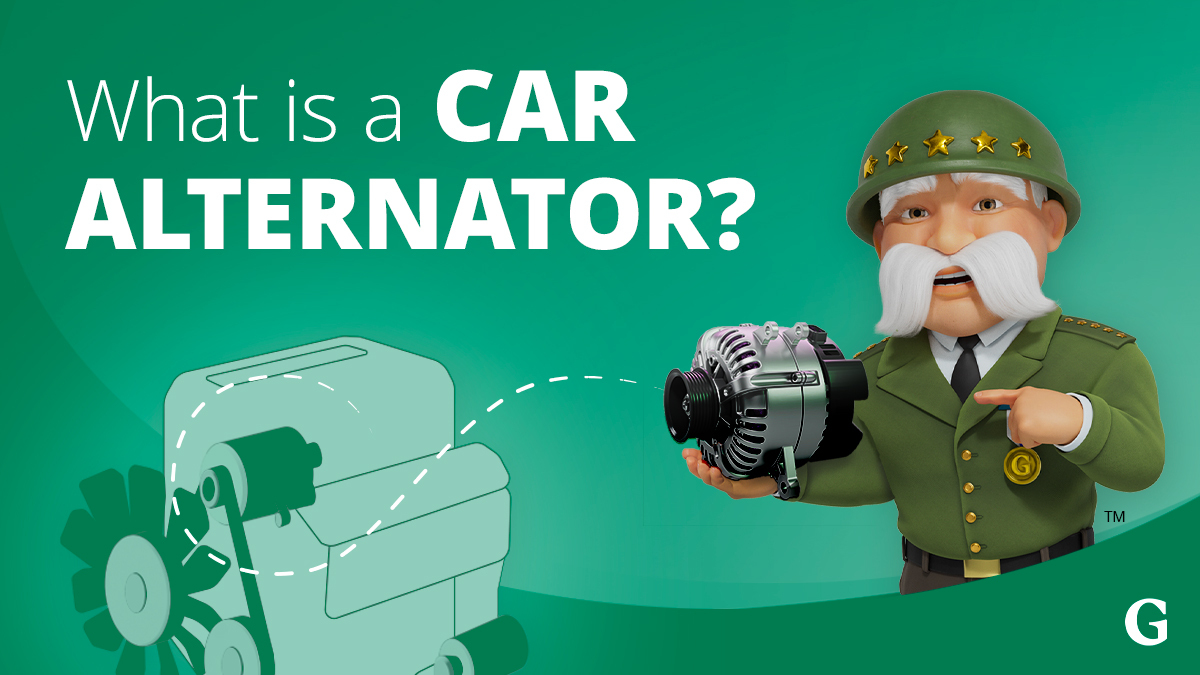Ever wondered why your car’s lights, radio, and other electrical gadgets keep running smoothly even during a long drive? The answer lies in a key component of your vehicle: the alternator. Learn more about your car’s alternator and how it keeps your vehicle functioning with this guide.
Key Takeaways
- How the Car Alternator Works: Car alternators generate electrical power through electromagnetic induction, power various components in your vehicle, and charge your battery to ensure smooth operation.
- Key Components: The alternator consists of a rotor, stator, diode assembly, and voltage regulator, working together to produce and regulate electricity for the vehicle.
- Signs of Alternator Issues: Look out for dim lights, erratic behavior of accessories, dashboard warning lights, strange noises, or unusual smells, as these could indicate alternator problems that require your attention.
What Does a Car Alternator Do?
Your alternator’s primary role is to provide power to your car’s electrical system and to recharge your car’s battery. This is possible due to electromagnetic induction, a process where a moving magnetic field creates electricity in a nearby conductor. In a car alternator, the engine creates a magnetic field by spinning a part called a rotor. This field moves across wires to generate electricity, powering the car’s systems and charging its battery.
Your Car Alternator’s Responsibilities
Understanding the role of a car alternator is simple when you break down its responsibilities:
- Generating Electrical Power: The alternator generates power through electromagnetic principles. As the engine spins the alternator’s rotor, magnetic fields rotate inside coils of wire (the stator) and create electricity.
- Powering Electrical Components: This electricity is essential for powering various components in your vehicle, such as headlights, climate controls, infotainment systems, and even the instrument panel.
- Charging the Battery: Maybe the most important function of the alternator is charging the car battery. The alternator ensures that the battery remains charged enough to start the car and keep it running.
Car Alternator Parts
Typically located near the front of the engine, the car alternator is powered by the engine through a belt that connects to the crankshaft. It’s composed of several parts that help the alternator function:
- Rotor: The rotor is the moving component within the alternator. It consists of a shaft with a series of magnets, or a magnetized iron core wrapped with wire that spins inside the stator. It generates a magnetic field as it rotates.
- Stator: The stator is made up of coils of copper wire and surrounds the rotor. It’s stationary (hence the name stator) and captures the magnetic field produced by the rotor to generate electricity.
- Diode Assembly: Often referred to as the rectifier, this key component converts the alternating current (AC) generated by the stator into the direct current (DC) required by the car’s battery and electrical system.
- Voltage Regulator: This component regulates the output voltage produced by the alternator, ensuring it remains within a safe range for the car’s electrical system. It also prevents the battery from overcharging, promotes fuel efficiency, and optimizes the alternator’s performance.
Signs That Your Alternator Is Failing
Since your alternator plays a large role in maintaining your vehicle, a failing alternator could cause various problems throughout your car. If that’s the case, it’s important to remedy the situation before it snowballs into a costlier repair. Here are some signs that your alternator might need some attention:
- Dim or overly bright lights
- Accessories that operate slower or behave erratically
- Warning lights on the dashboard, often shaped like a battery or labeled “ALT”
- Strange noises like growling or whining
- The smell of burning rubber or hot wires
How to Maintain Your Alternator
Maintaining a healthy alternator can help extend your vehicle’s longevity. Keep your alternator in top shape with these simple tips:
- Regularly check the condition of the alternator belt for wear and tension. In addition, check the electrical connections for corrosion or looseness, which can impact alternator performance.
- Keep the battery clean and ensure it’s well-charged, as a failing battery can overwork the alternator.
- Listen for unusual sounds or check for warning lights that might indicate alternator or battery issues.
When to Visit a Mechanic
If you suspect that your alternator is failing, it may be time to consult a professional mechanic. They can perform a detailed inspection and conduct tests to determine the health of your alternator and battery.
Now that you’re familiar with the ins and outs of your car alternator, you’re ready to keep its various components in good shape. For more insightful articles about your vehicle and how it works, explore our car insurance blog and read up on all things car maintenance.









